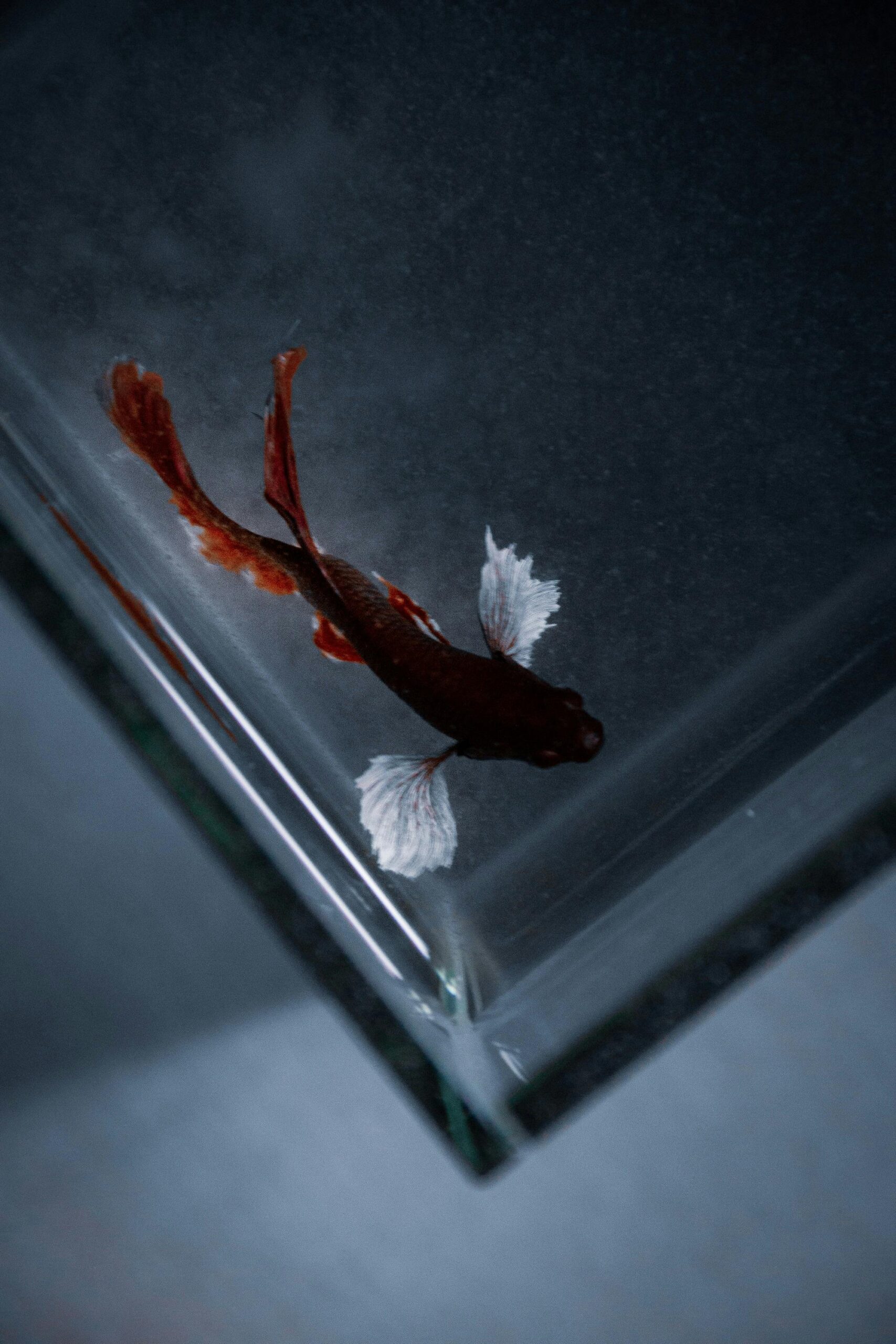Discover the Best 5 Rainbow Betta Fish Care Tips for Vibrant Health in 2025
Rainbow Betta fish are truly a spectacle in any aquarium, capturing the imagination of pet owners with their breathtaking colors and unique personalities. In recent years, these exotic fish have become increasingly popular in the aquarium hobby, particularly among families and young aquarists. Proper care is essential to ensure their vibrant health and longevity, making it critical to understand their habitat and behavior.
This article offers essential tips for caring for your Rainbow Betta fish, focusing on how to create an ideal environment, feeding strategies, and health monitoring practices. Whether you’re a novice or an experienced aquarium keeper, these guidelines will help you cultivate a thriving home for your beautiful bettas.
Join us as we delve into the best practices for Betta fish care, ultimately ensuring your sparkling aquatic friends enjoy a happy and healthy life in your aquarium.

Essential Practices for Betta Fish Habitat Setup
Creating a suitable habitat for your Rainbow Betta entails leveraging specific tank conditions that mimic their natural environment. This helps in maintaining optimal betta fish health and well-being. Start by understanding the basic requirements for a safe and comfortable home for your pet fish.
Choosing the Right Tank Size
The ideal tank size for Rainbow Betta fish typically ranges from 5 to 10 gallons. Smaller tanks can become quickly unbalanced, leading to poor water quality and stress for your fish. A larger tank allows for better filtration and helps maintain stable water conditions.
Moreover, a well-sized tank provides ample swimming space which is essential for the active nature of Betta fish. When selecting your aquarium, consider allocating sufficient space for both the fish and plants or decor that provide shelter and reduce territorial stress.
Water Conditions: Temperature and Quality
Maintaining optimal water temperature is crucial for the well-being of Betta fish. Ideally, the water temperature should be between 76-82°F (24-28°C), as this range promotes healthy metabolism and activity levels. Using a reliable heater is often necessary for maintaining these temperatures.
Additionally, regular water changes (20-30% weekly) are essential to ensure water quality. It is important to test for ammonia, nitrites, and nitrates before introducing your betta to the tank, as toxins can pose serious health risks.
Enhancing Tank Decor and Layout
Creating an enriching environment for your Rainbow Betta can be achieved by adding plants and hiding spots. Live plants not only provide shelter but also help in stabilizing water parameters and improving overall water quality.
Include a mix of silk or live plants, caves, and floating decorations to encourage natural behaviors while preventing stress. Be cautious of sharp-edged decor that can damage the delicate fins of Betta fish.

Optimal Feeding Strategies for Betta Fish
The diet of your Rainbow Betta is fundamental to ensuring they stay healthy and active. Betta fish are carnivorous, thus requiring a protein-rich diet. Choosing the right betta fish food will enhance their colors, promote growth, and maintain their overall health.
Selecting Quality Betta Fish Food
High-quality pellets designed specifically for Betta fish are a great foundation for their diet. Sourcing foods rich in proteins and essential vitamins ensures vibrant colors and supports strong growth. Look for products that contain natural ingredients like shrimp or fish meal.
Incorporating Fresh and Frozen Foods
Alongside dry pellets, including fresh or frozen foods such as brine shrimp, bloodworms, and daphnia can significantly enhance their diet. Such foods mimic a natural feeding experience and support nutritional diversity. Adjust portions based on the size of your Betta and their activity levels.
Understanding Feeding Schedules and Practices
Feeding your Betta fish twice a day with small amounts—about the size of their eye—is ideal for optimal health. Overfeeding can lead to obesity and detrimental health complications. Monitor their feeding habits to prevent leftovers, which can degrade water quality.
Behavioral Observations for a Healthy Betta
Observing your Rainbow Betta’s behavior is vital for early detection of health issues or stress. Understanding the social behavior of Betta fish can help in ensuring a harmonious tank environment.
Identifying Signs of Stress or Illness
Watch for changes in behavior such as reduced activity, excessive hiding, or fin deterioration. These could signal stress, illness, or environmental issues. Regular monitoring helps quickly determine if they need medical attention or if any adjustments in their environment are necessary.
Social Interactions and Tank Mates
Betta fish can exhibit territorial behaviors, particularly males. It’s essential to carefully select tank mates to minimize aggressive interactions. Suitable companions include small, peaceful fish or bottom dwellers. Avoid keeping multiple males within the same tank to prevent fighting.
Creating a Calm Environment
Provide secluded areas in the tank to allow Betta fish a place to retreat, reducing stress. An enriched environment encourages more natural behaviors, promoting overall health and well-being.
Breeding Techniques for Betta Fish Enthusiasts
If you’re an advanced aquarist interested in breeding Betta fish, understanding their reproductive behaviors is essential. Breeding can involve careful planning and specific techniques to ensure the health and survival of the fry.
Setting Up a Breeding Tank
When preparing to breed Betta fish, having a separate breeding tank with optimal conditions is essential. A tank size of at least 10 gallons is recommended, with suitable plants for the female to hide. Maintaining stable water conditions with proper temperature and pH will encourage spawning.
Observing Courtship Behavior
During the breeding phase, the male Betta will construct a bubble nest, while the female exhibits a receptive posture. Watching for their courtship behaviors, such as circling or flaring, is crucial for successful mating.
Care for the Fry
After the fry hatch, remove the male Betta, as he may consume them. Feed the fry finely crushed flakes or specialized fry food to support healthy growth. Monitor their surroundings and ensure proper water conditions as they develop.
Conclusion
Proper care of Rainbow Betta fish encompasses creating an optimal environment, nourishing them with quality food, and understanding their behaviors and breeding needs. By implementing these tips, not only will you ensure your Betta fish thrive, but you’ll also enhance the beauty and health of your aquarium. For more tips on keeping your Betta fish healthy and happy, check out additional resources on caring for Betta fish and understanding Betta fish behavior.
